- Gravitational Solitons
- Extremal Black Holes
- Gravitational Kinetics
- Gravitational Waves
- Lambda CDM Model
- Stellar Atmospheres
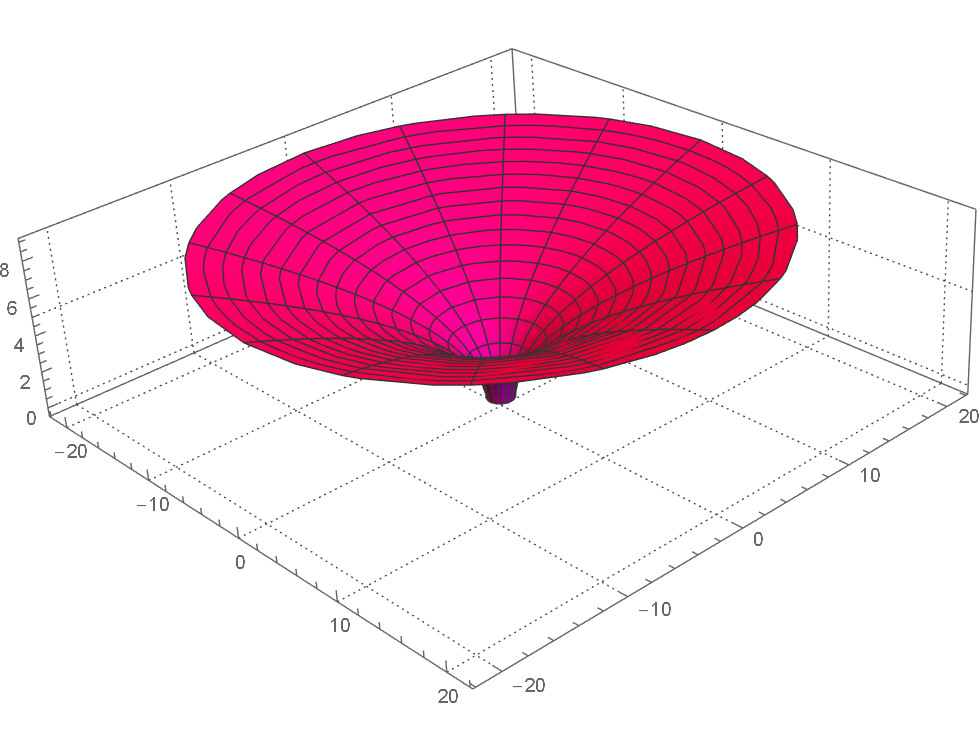
Gravitational Solitons
Gravitational solitons are non-dispersive, localized solutions to the Einstein field equations, typically arising in vacuum or in specific matter-coupled settings. They represent stable, wave-like configurations of the gravitational field that maintain their shape during evolution and interactions, similar to solitons in integrable systems like the Korteweg-de Vries or nonlinear Schrödinger equations.
Members and collaborators working in this area:
- Jessica Trespalacios, U. Chile / U. Austral
- Claudio Muñoz, U. Chile
- Miguel A Alejo, U. Córdoba
- Isabel Cordero Carrión , U. Valencia
- Francisco Correa, USACH
- Felipe Poblete, U. Austral
- Diego Chamorro, U. Paris Saclay
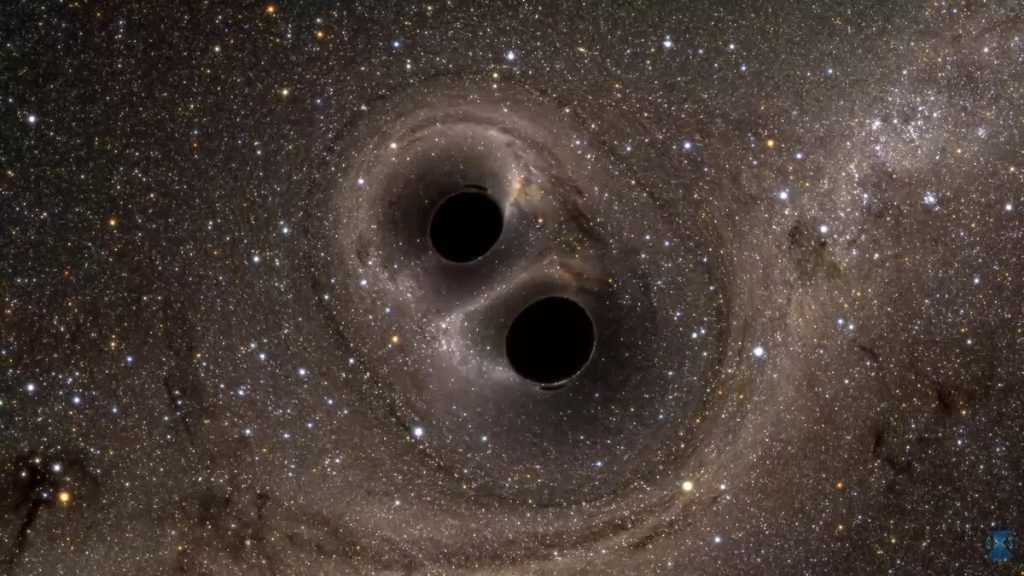
Extremal Black Holes
Extremal black holes are a special class of black hole solutions in general relativity (and extensions such as supergravity and string theory) that saturate a bound between mass, charge, and angular momentum. They are characterized by zero surface gravity, which implies zero Hawking temperature, making them important in both classical and quantum gravity.
Members and collaborators working in this area:
- Ignacio Acevedo, U. Paris-Saclay
- Marcela Cárdenas, USS
- Claudio Muñoz, U. Chile
- Paola Rioseco, CMM-U. Chile
- Jessica Trespalacios, U. Chile / U. Austral
- Hanne Van Den Bosch, U. Chile
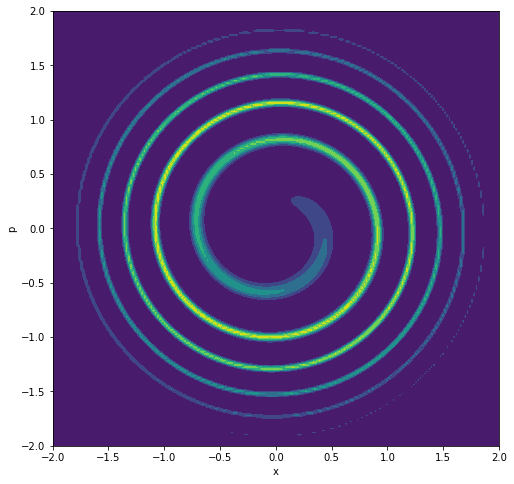
Gravitational Kinetics
The dynamical behavior of systems governed by gravity, analyzed through kinetic theory or related frameworks, is a central objective of PRISMALab members. This includes the statistical and microscopic description of matter interacting via gravity, often in astrophysical or cosmological settings.
Members and Collaborators:
- Paola Rioseco, CMM-U. Chile
- Hanne Van Den Bosch, U. Chile
- Matías Moreno, UCL, UK.
- Ricardo Freire, U. Chile
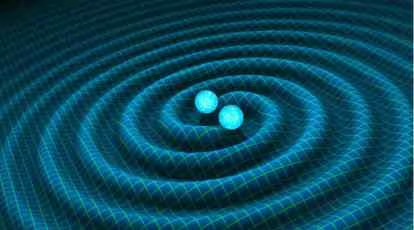
Gravitational Waves
Gravitational waves are ripples in the curvature of spacetime, propagating at the speed of light, produced by accelerated masses—especially in highly energetic astrophysical processes. They are a direct prediction of Einstein’s General Theory of Relativity, derived from the linearized Einstein field equations in vacuum.
Members and collaborators working in this area:
- Paola Rioseco, CMM-U. Chile
- Hanne Van Den Bosch, U. Chile
- Jessica Trespalacios, U. Chile / U. Austral
- Enzo Iubini (former member)
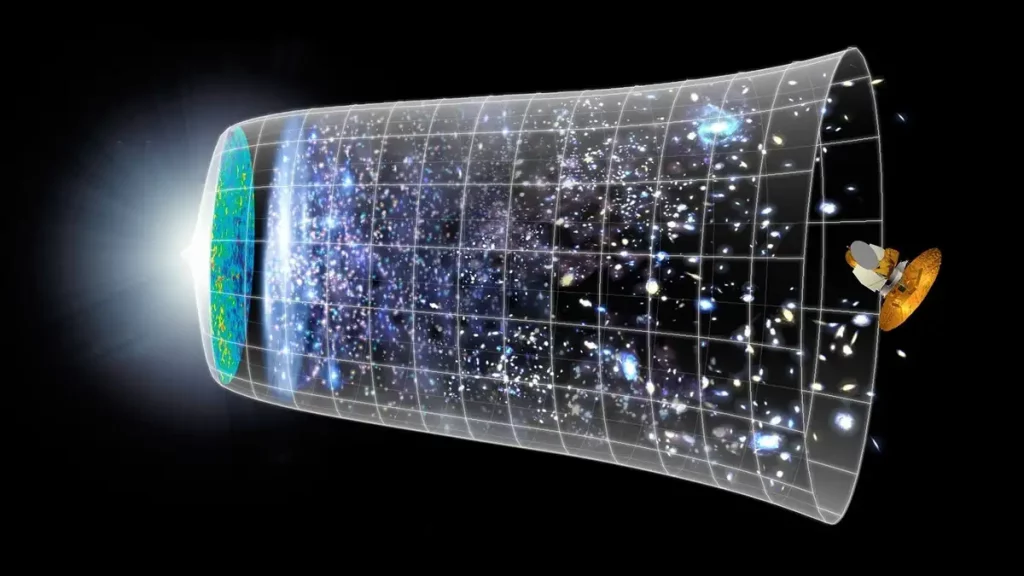
Lambda CDM Model
ΛCDM (Lambda Cold Dark Matter) is the prevailing cosmological model that describes the large-scale structure and evolution of the universe. It incorporates general relativity, dark energy (Λ), and cold dark matter (CDM), and is remarkably successful at explaining a wide range of observational data.
Members and collaborators working in this area:
- Claudio Muñoz, U. Chile
- Matías Morales, UPV-EHU
- Gonzalo Palma, U. Chile Física
- Javier Huenupi, U. Chile Física
- Jessica Trespalacios, U. Chile / U. Austral
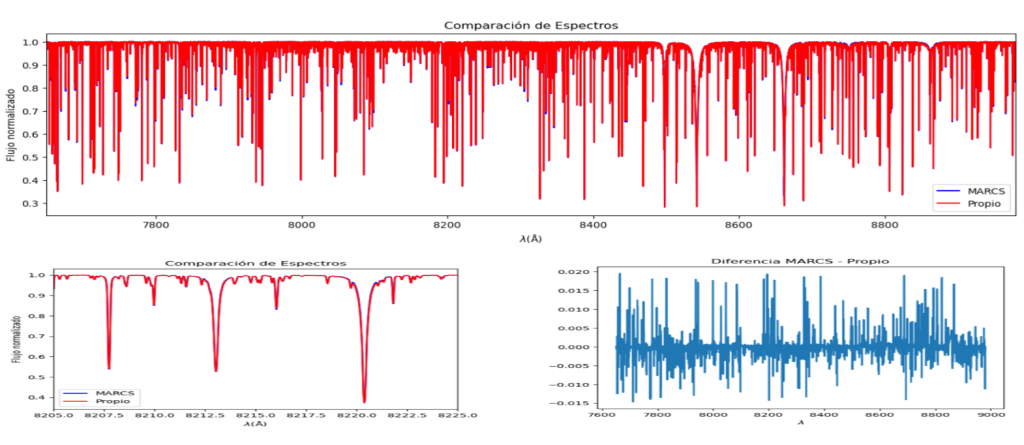
Stellar Atmospheres
Stellar atmospheres are an important area of research in Astronomy. Still many problems are not solved. We use deep learning techniques to develop new description of stellar atmospheres in the case of radial and 1D cases.
Members of the team and collaborators working in this area:
- Alvaro Márquez, U. Chile
- Claudio Muñoz, U. Chile
- Paula Cofré, UDP
- Álvaro Rojas, USACH